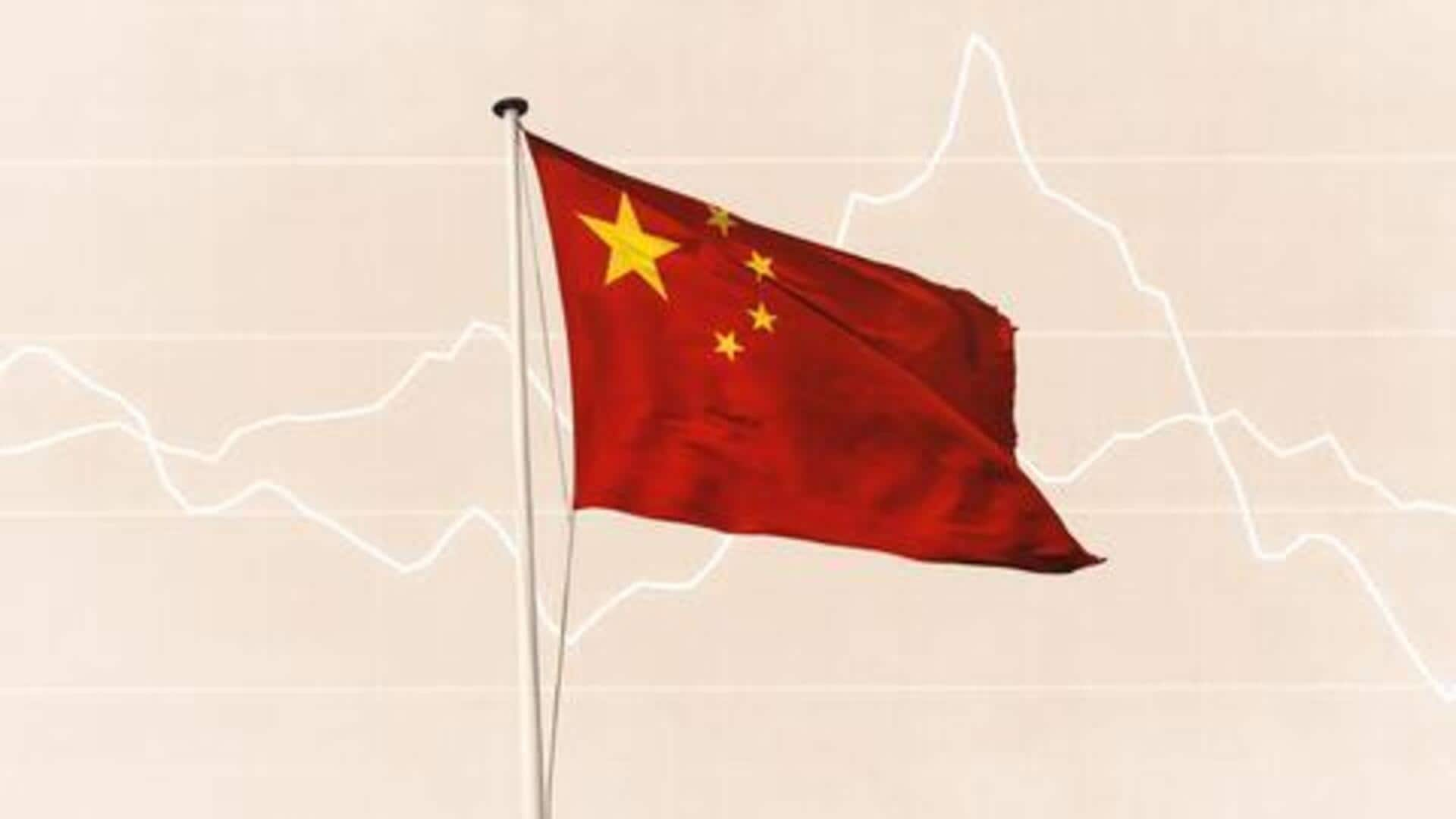
China's semiconductor industry continues to thrive amid US regulations
What's the story
Despite the United States' persistent efforts to curb China's technological expansion, recent data from South Korea reveals a concerning trend.
The Chinese semiconductor industry is rapidly gaining ground, posing a significant challenge to South Korea's dominance in the Chinese market.
Interestingly, US pressure has not significantly impacted China's industrial strength.
China has not only fortified its position in the smartphone and display sectors, but is also making significant progress in the vital semiconductor industry.
Market shift
China's smartphone market solidifies
In the Chinese smartphone market, domestic brands have now overtaken South Korean giants such as Samsung.
Statistics reveal that Samsung's market share in foldable phones dropped to just 5.9% in Q1 2024, down from 11% last year.
Despite US attempts to marginalize them, Huawei, a Chinese smartphone brand, has demonstrated significant resilience.
Its latest Pura 70 series predominantly features China-made components, highlighting its capacity to adapt and prosper under restrictions.
Information
Resilience despite US pressure
China has show remarkable resilience amid US pressure. The latest development indicates that US export rules that limit access to advanced AI processors and manufacturing equipment, have inadvertently accelerated China's pursuit of self reliance in technology.
Tech independence
Subsidy plan to bolster domestic computing capabilities
China's new subsidy plan is set to enhance domestic computing capabilities, by promoting the use of Chinese GPUs and fostering independence in AI semiconductor technology.
Furthermore, Chinese companies are surpassing South Korea in the OLED panel market, a crucial component in displays.
This rapid growth has significant implications for South Korea's tech industry, whose once-dominant position in the Chinese market is diminishing as domestic Chinese players gain substantial market share.